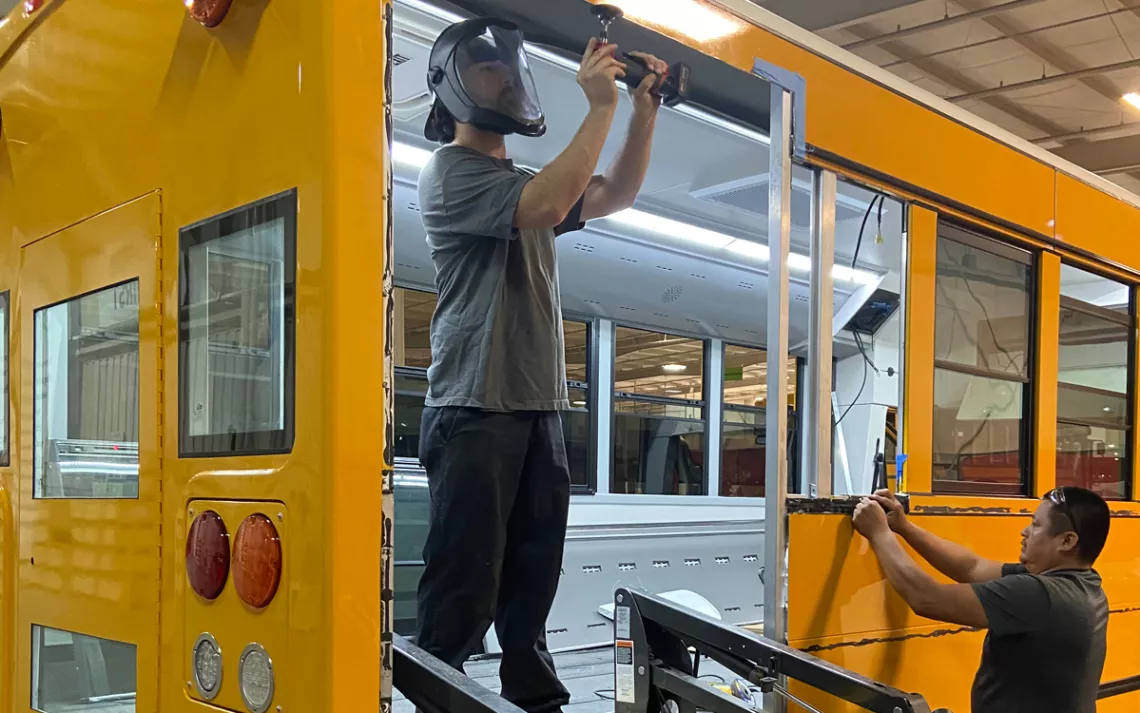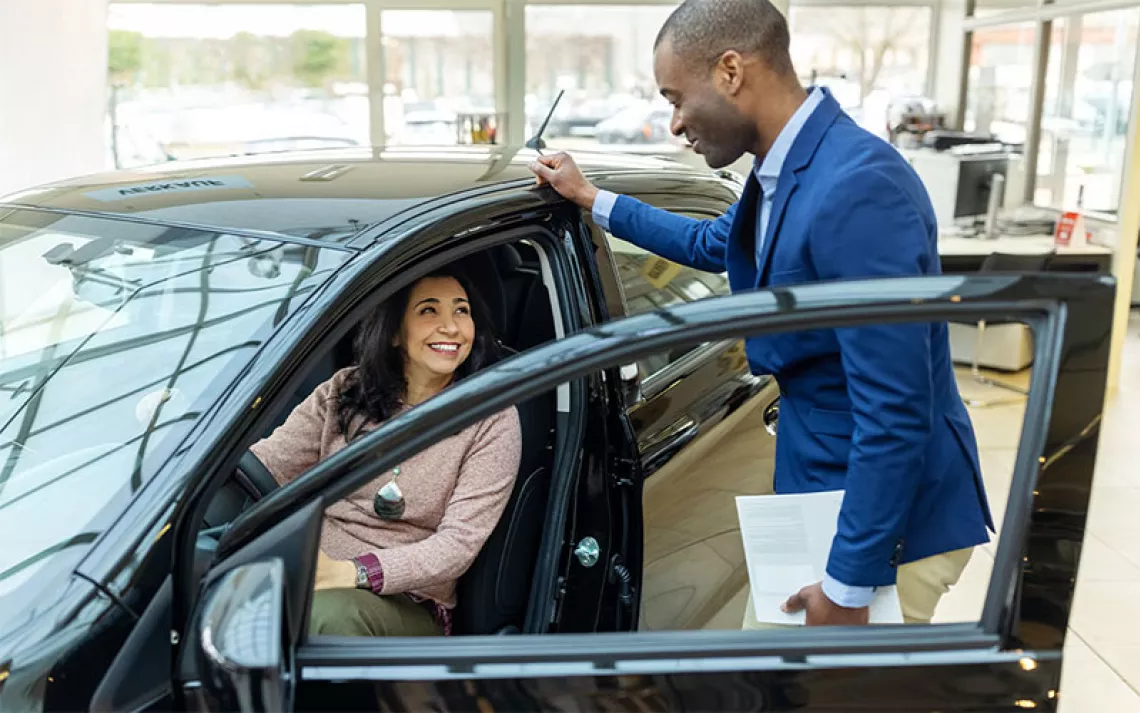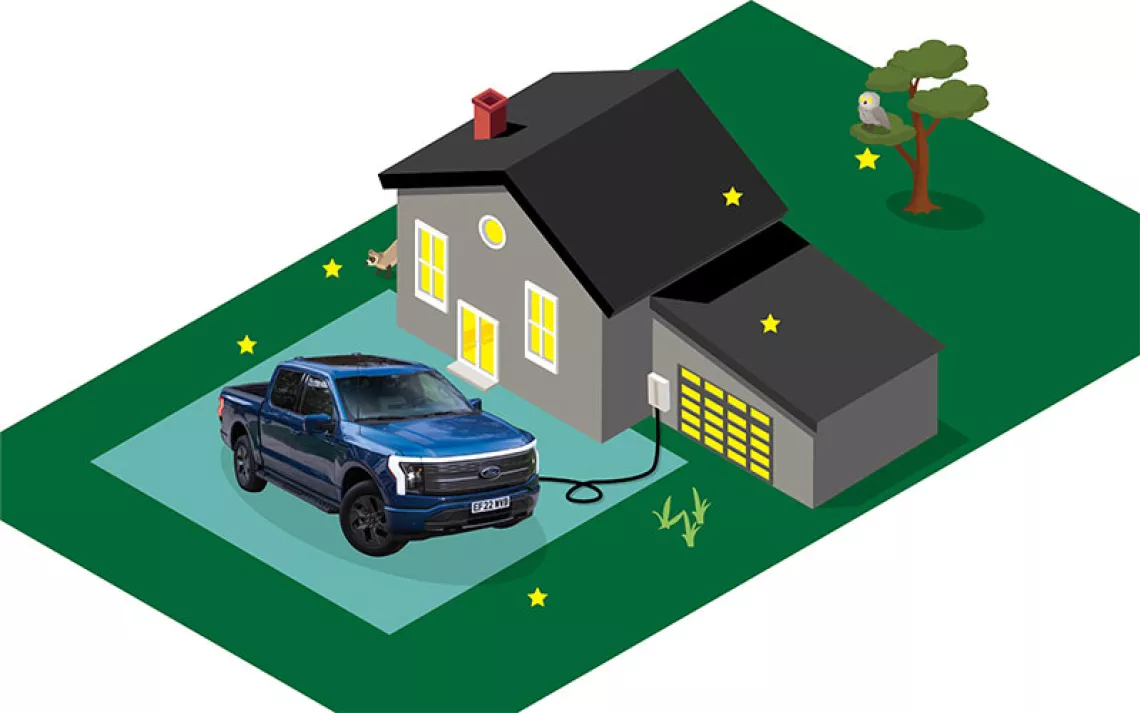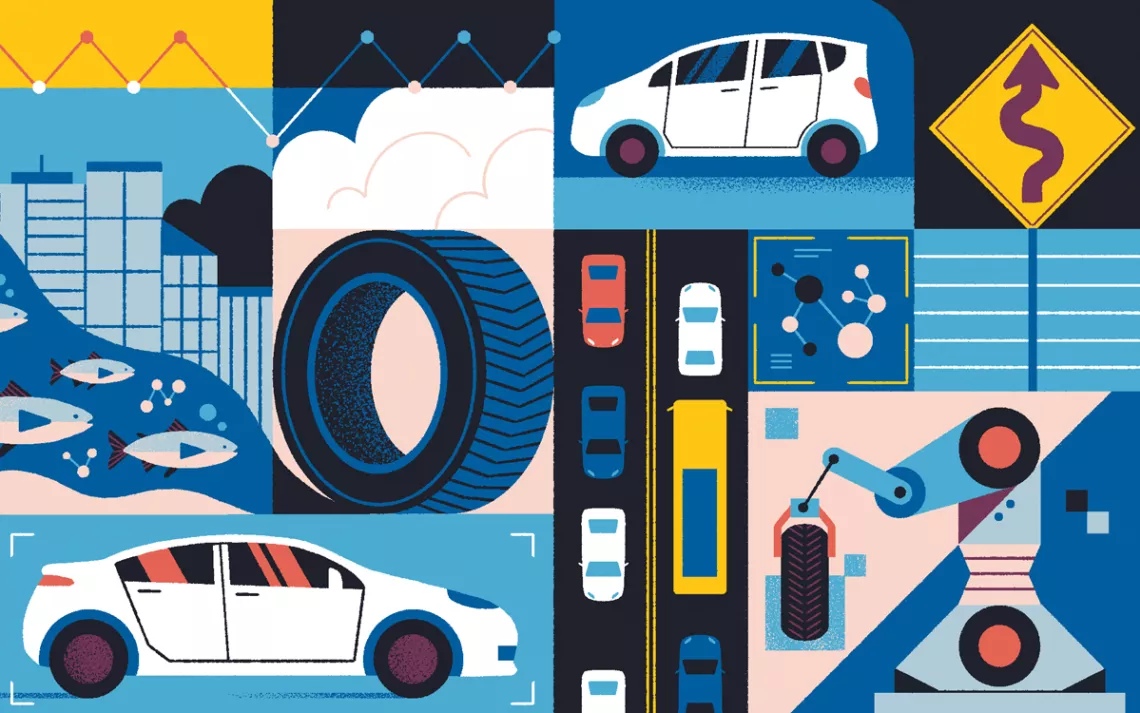A School Bus That Doesn't Poison the Children
West Virginia isn't big on clean energy, but children's health isn't up for debate

Photo courtesy of GreenPower Motor Company
Fraser Atkinson understood from the start that climate talk wasn't going to get much traction in West Virginia, where a slumping economy has followed the plummeting demand for coal. So in summer 2021, when Atkinson, the CEO of electric bus and truck manufacturer GreenPower Motor Company, approached state officials about expanding manufacturing operations in the city of South Charleston, he talked about children's health.
"You're picking up a child at 6:45 in the morning, and they're getting dropped off at school at 8 o'clock. They're on this bus for over an hour. If their bus is burning diesel, it's emitting fine particulate matter that can work its way into children's lungs." That doesn't just trigger asthma and damage lung development, he said; it actually makes it harder for kids to concentrate in the classroom.
"The research shows it over and over again. If you provide a healthier environment for children on the way to school, they're not as tired when they get there," Atkinson told policymakers. Also, dirty buses are more likely to impair the health and attention spans of low-income children. One out of five families at or below the poverty line ($25,000 for a family of four) doesn't own a vehicle of any kind, and 70 percent of low-income kids rely on a bus to take them to school. Nearly two-thirds of children from those families that do own a car take the bus as well.
West Virginia governor Jim Justice, a Republican, "got it right away," Atkinson said. "We didn't have to debate the science." Earlier this year, the state purchased a building where GreenPower Motor Company will manufacture electric buses. A local community college will help train workers. ("Just because you've been a great coal miner for 30 years, that doesn't automatically make you an electrical engineer," Atkinson said.)
In September, West Virginia partnered with GreenPower on a pilot project shuttling students to school on the company's electric buses. "We had to move heaven and earth to get three of our 40-foot school buses ready and certified," Atkinson said. They also had to train drivers, because the company's 12-ton BEAST school bus, which can carry 90 passengers 140 miles on a charge, doesn't handle the same as old diesel models. Regenerative brakes, for example, don't require the same force: "When you take your foot off the pedal, the vehicle already starts slowing down. Over time, drivers adapt so they are hardly having to use their brakes."
GreenPower's expansion is a preview of what can happen under the monumental Inflation Reduction Act, which President Joe Biden signed into law in August. The new law contains tax credits for companies and consumers who buy electric vehicles (both new and used) as well as loans, grants, and tax credits for new clean-vehicle factories and battery development. School districts buying GreenPower's buses can qualify for a 30 percent tax credit, but it maxes out at $40,000 for vehicles weighing more than 14,000 pounds. A new electric school bus costs around $300,000, and the school district has to pay the full amount up front, waiting until tax time to reap the benefit. The original bipartisan infrastructure bill included $20 billion for schools to transition to zero-emission buses. But by the time the bill reached Biden's desk in November 2021, Congress had whittled the number down to $5 billion. That amount can scarcely make a dent in modernizing the nation's fleet of half a million school buses, 95 percent of which run on diesel.
That said, the new federal programs will help. The infrastructure bill established the National Electric Vehicle Infrastructure (NEVI) program, which allocates $5 billion over five years to install chargers at regular intervals along 53,000 miles of US highways. (West Virginia has already been promised more than $45 million in NEVI funds.) The IRA contains a 6 percent tax credit for businesses that install charging equipment in low-income or non-urban areas, where the absence of chargers poses a major obstacle to clean-vehicle adoption. "In West Virginia, you can go to Charleston and find just a handful of chargers in the city," Atkinson said. As of June 2022, there were only 14 non-Tesla charging stations in the entire state.
Atkinson also applauded the "noble goal" of the IRA's investments in domestic battery manufacturing. "If solid-state batteries become a reality in the next five or 10 years, you're talking about a complete transformation within our industry," he said. Current lithium-ion technology uses a liquid to conduct the electrical current throughout the battery; in a solid-state cell, a ceramic material replaces the liquid. Solid-state batteries, which Ford and BMW began testing in late 2022, will be smaller, lighter, and less flammable. They'll also last longer—especially if drivers back off their obsession with speed. "You don't need to build a car for an individual consumer that can go from zero to 60 in three seconds," Atkinson said.
Luckily, no one feels the need to drive that way in a bus. Even without peeling out, medium-to-heavy vehicles—including buses—cause most of the transportation-related air pollution and climate damage in the United States. There are twice as many school buses as there are public buses, trains, and airplanes combined.
"The way we see it, we're 75 percent of the EV solution," Atkinson said. "If you fix 75 percent, you have a lot more time to figure out how to fix the rest."
The first month of West Virginia's electric school bus experiment was encouraging. Vehicles in three school districts charged successfully and completed their morning and afternoon rounds without a hitch. Atkinson admits there are still "naysayers" in the state—"people who have serious doubts about the viability and the functionality of these vehicles." For them, he said, "there's nothing better than being able to sit down and show them the data."
 The Magazine of The Sierra Club
The Magazine of The Sierra Club



